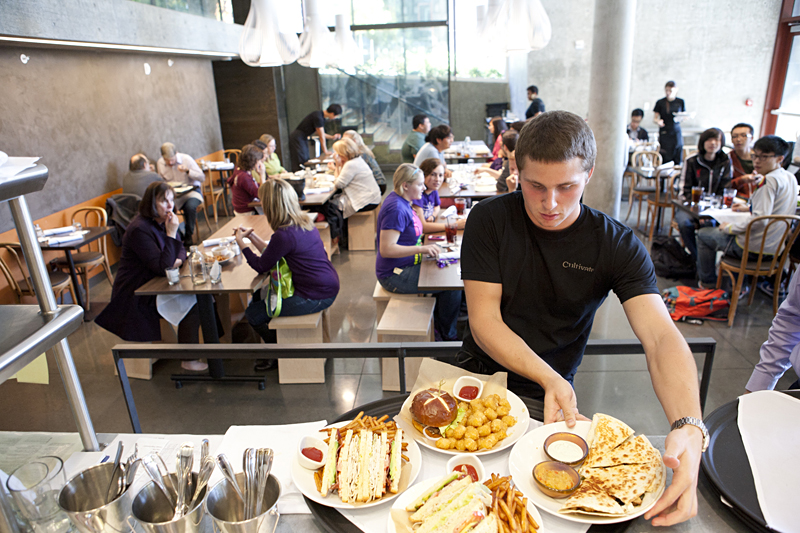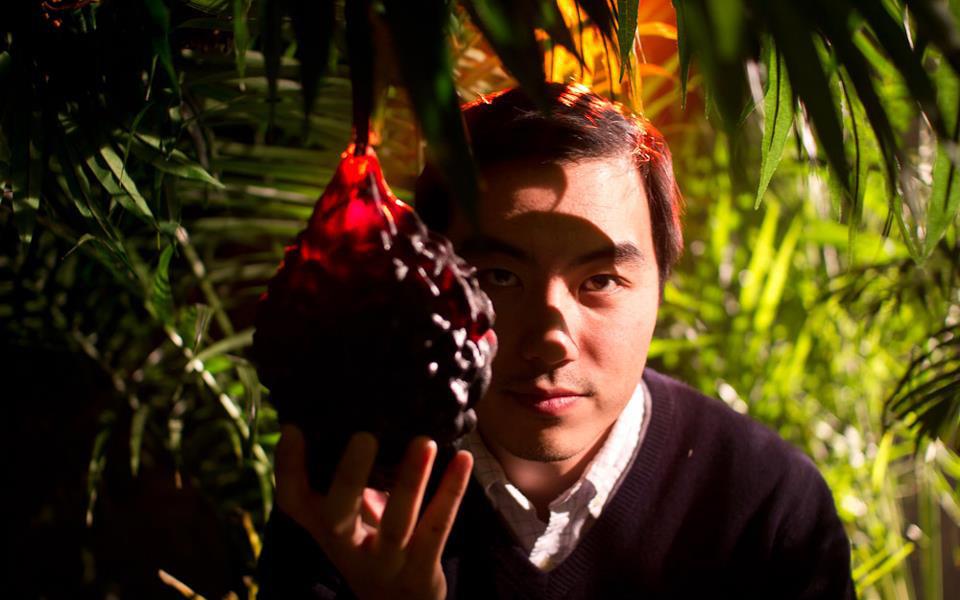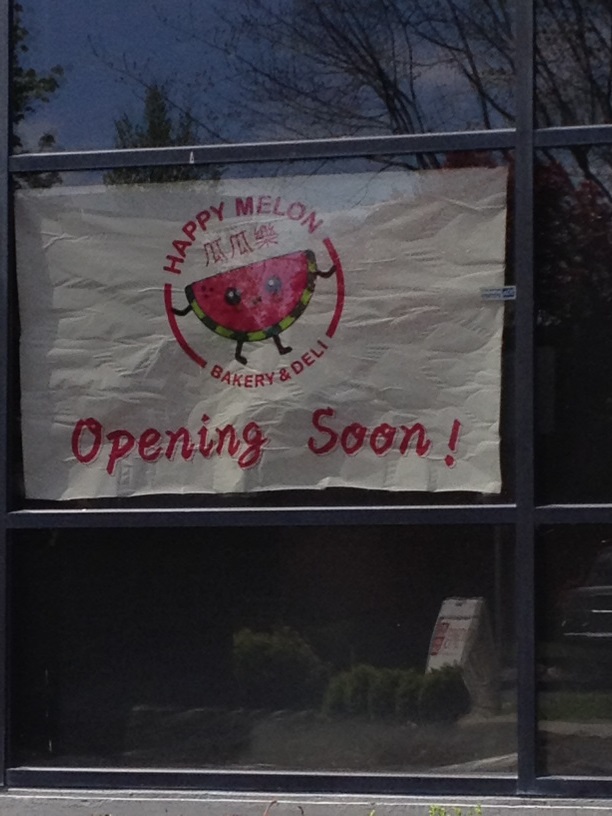The newest addition to the University of Washington’s network of dining facilities was designed for students who don’t want to fuss with takeout boxes and trays. Alone among the school’s sponsored eating alternatives—which include a gourmet burger joint, a food-truck pod, espresso bars, and Pagliacci Pizza—Cultivate offers table service. While the menu’s rougher edges slightly overlap with the offerings at humbler campus eateries, students have to come to Cultivate if they want a uniformed server to deliver their bacon cheeseburger and Mr. Pibb.
“We looked at the inventory and said, ‘The one thing we’re missing is a sit-down restaurant,’ ” says Storm Hodge, UW’s assistant dining director. Hodge says Elm Hall’s Cultivate is for students who “want to treat themselves.” But since the public pays the same prices as students, the restaurant’s likely to be equally appreciated by faculty and community members who need a venue to justify unfurling stories about how hard they had it when they were collegians. For adults who didn’t have to trudge long barefoot miles to school or keep the coal box filled, crummy beef Stroganoff and flavorless Jell-O parfaits may be the next best tribulations about which to moan retroactively. And at Cultivate, nearly every dish is a reminder of how times have changed. Ginger beer–glazed pork-belly buns? Grilled pork porterhouse with frizzled greens? Shrimp and grits with smoked white gouda and andouille gravy? Even better for kvetchers, they’re all remarkably good.
“We wanted students to have a unique option and not have to go downtown to get it,” explains head chef Amy Belknap, who spent the past five years in the school’s catering department. “We’re trying to feature things they don’t even know are out there, and push their comfort level past chicken fingers and pizza.”
Belknap says her servers are fielding plenty of questions about ingredients from students, some of whom have just moved here from hometowns where the fanciest restaurants serve spaghetti and meatballs. Poutine, she says, is a puzzler. Still, she adds, “They’re willing to try stuff.”
During the restaurant’s three-year development, students’ culinary bravery became an ongoing discussion. Despite Belknap’s confidence, skeptics prevailed upon the dining team to make room on Cultivate’s menu for burgers, mac-and-cheese, tater tots, and fried chicken tenders. “We can say, ‘Here’s what we want to offer,’ and marketing may say, ‘You need to make a quesadilla,’ ” Belknap says, citing the too-many-cooks problem that a bureaucracy inevitably presents. “There was much debate about including certain foods. But that’s really what they love to eat, so what we try to do is elevate it.”
The mac-and-cheese is plated in a fashionable oval cast-iron dish, its floppy orecchiette noodles sunk in a mild well of Cheddar, Gruyère, jack, and Velveeta cheeses. Selecting from a list of nine add-ins, students can transform the mac into an entrée worthy of its sophisticated surroundings, gussying it up with feta or goat cheese. Or they might request bacon and blue cheese for a $9 approximation of the $15 truffle-and-duck-ham mac-and-cheese served in The Coterie Room’s cast-iron pots.
“We’re kind of riding a trend,” Belknap admits. “And we sell a lot of them.”
But the local establishment which Cultivate most closely resembles is Skillet Diner. As at the Capitol Hill restaurant, the gray-walled and generously windowed dining room is configured around an L-shaped counter, with partially bald light bulbs hung above each place setting. Cultivate has a similarly industrial aesthetic, with columns and an exposed floor.
Unlike buzzier Seattle restaurants, Cultivate is dry. While it makes sense that an on-campus restaurant catering to undergraduates wouldn’t have a booze program, it’s jarring to encounter a 30-minute wait (Cultivate also accepts reservations) without a bar in which to bide it. The absence of alcohol has also made it difficult to replicate perfectly the ordering patterns which naturally emerge in restaurants where most of the patrons don’t have homework to do.
Cultivate’s menu includes an array of “smallish plates,” including a $4 olive tray and a “daily slather with crisps and crackers.” But Belknap says students have been slow to warm to snacks which are typically paired with cocktails or used to prolong meals. “Rather than order multiple things, which they’re not really comfortable doing, they want bang for their buck,” Belknap says. “We’ve got our service staff encouraging people to share.”
The concept of coursing and sharing is equally new to the servers, who have an unfortunate tendency to bring every dish at once. When I ate at Cultivate, the table was so crowded that a Caesar salad ended up perched on its edge, and landed on the floor when I put a fork to it. (Never hurts to take in a physics lesson while visiting a university.) But Belknap suspects her crew of first-time servers will soon master their roles, even though the ban on state employees accepting tips eliminates any financial incentive. “They’re really into providing service to their community,” she says. “They’re not jaded pros.”
By contrast, the kitchen staff includes veterans of other campus dining facilities where the cocktail sauce and salad dressings aren’t made from scratch. “It’s kind of been a journey for my staff,” Belknap says. “Many of them were picked up from where they were serving the masses and taking advantage of shortcuts. Sometimes they still groan about it, because they know the products are out there.”
The crowds at Cultivate have forced a few concessions. At an astounding daily rate of 450 covers, Belknap doesn’t try to hand-cut fries or hand-bread chicken. But the burgers are hand-pressed, and the tots are dressed in-house with lots of garlic.
Belknap’s insistence on working with fresh ingredients has produced a few wonderful dishes. Cultivate’s salads are gorgeous: It’s impossible to face down the “simple green”—a patchwork of bright-red cherry tomatoes, pink-skinned radish slices, and yellow carrot discs—and not feel compelled to shop at farmers markets more frequently. Elegant black-eyed pea and quinoa cakes were slightly overcooked the night I tried them, but the accompanying green-tomato relish had a terrific punch.
Yet no menu item at Cultivate can rival its extraordinary pastrami, which is at least the equal of any pastrami I’ve sampled in Seattle. Made from Painted Hills brisket that’s gifted with an eight-day brine, the garnet-hued pastrami tastes of Old World spices and smoke. It’s sliced thickly, so you can’t miss its marvels even when it’s ordered as a poutine topping.
The cycle of brining, drying, smoking, and braising is constant, Belknap says. “We can barely keep up,” she adds, explaining why the sandwich, served with a housemade half-sour pickle, is available only at lunch. “I have some people, I almost worry about how much pastrami they’re eating.”
Like the rich wedges of pork belly seated on soft steamed buns, the pastrami isn’t especially healthy. But in an era when so much conversation about institutional eating centers on fat grams and sodium counts, Cultivate has chosen to focus instead on introducing young eaters to the culture of dining.
“It’s important to be able to come somewhere beautiful and be served,” Belknap says. “Part of my hope is the students will sit down, touch a linen napkin, and talk to the person next to them. It’s part of their personal development, cultural literacy, and well-being.”
PRICE GUIDEPoutine $7.50Green salad $5Burger $9.50Mac-n-cheese $7.50Pork porterhouse $10








